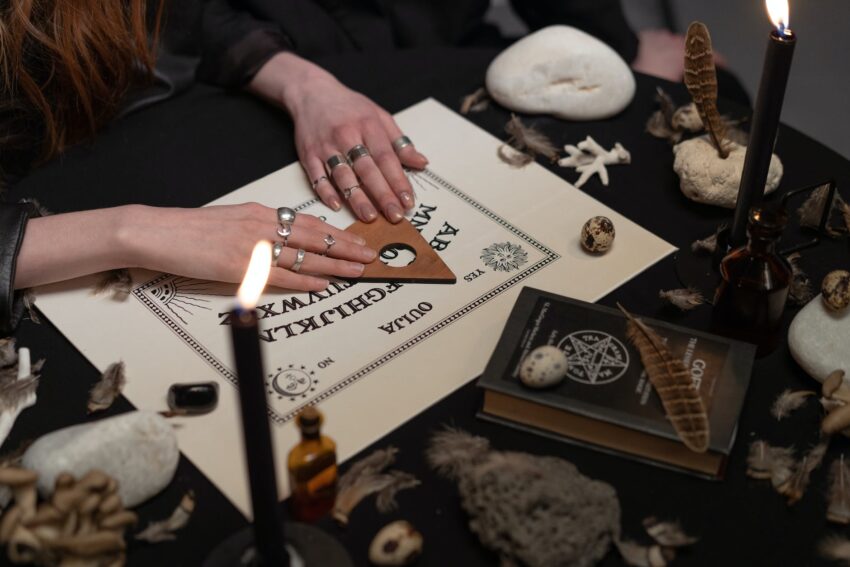Psychedelics have been part of human culture for thousands of years, offering what many believe to be a gateway to spiritual growth and enlightenment. They’re associated with transcendent states of consciousness, the interconnection of all things, and altered perceptions of reality. This unique path to spiritual awakening presents its journeyers with deep insights into the fabric of existence, filling its explorers with a sense of oneness with the universe.
At the heart of this exploration lie sacred plants and entheogenic substances, known for their mythic qualities of inducing profound mystical experiences. These elixirs have been revered in various societies — from the shamanic rituals in the Amazon rainforest to the Dionysian feasts in Ancient Greece — as foundational elements that shape religious rituals and divination practices.
In their article, “Psychedelicalyoga”, authors speculate on the link between yoga and spiritual awakenings that psychedelics often inspire. They hypothesize that both yoga and psychedelic experiences tap into the same mystical states of consciousness.
One of the most potent entheogens, Ayahuasca, has been used for centuries in Native American spiritual practices. It is said to bring about deep healing and personal transformation. Dr. Rick Strassman, in his groundbreaking research study “DMT: The Spirit Molecule,” discusses how Ayahuasca, through its active ingredient DMT, facilitates mystical experiences that send users on journeys of introspection and self-discovery.
However, psychedelics aren’t just a curiosity of the past; they’re increasingly relevant in contemporary spirituality and psychotherapy. A study led by researchers at Johns Hopkins University found that psilocybin, the active ingredient in magic mushrooms, can stimulate lasting spiritual growth and resilience. According to the study, many participants described their experience as one of the most spiritually significant of their lives, akin to the birth of a child or the death of a loved one.
Peyote, a small spiny cactus native to North America, has also been used for centuries as a key spiritual tool. The Native American Church regards the Peyote ritual as a means of communicating with the spirit world, facilitating healing, and fostering a strong sense of community. A study published in the Journal of Psychoactive Drugs illuminates how the Peyote ceremony encourages the deep emotional release necessary for effective healing and spiritual renewal.
These experiences often give rise to an altered perception of reality, where the self dissolves into the environment, affirming the interconnectedness of all things. This ‘ego-dissolution’ is a cornerstone of many religious traditions and spiritual disciplines, which preach the transcendence of the ego as a key step towards spiritual awakening.
Importantly, however, the use of psychedelics in spirituality should be approached with respect and caution. Context is key, and these powerful substances should ideally be used under the guidance of a trained practitioner or in a group setting, where safety and support can be provided. Safe use guidelines are clearly explained by the Global Commission on Drug Policy in their report on psychedelics.
In conclusion, it is evident that psychedelics can serve as gateways to profound spiritual experiences, opening minds to deeper dimensions of consciousness, and unveiling a realm where everything is interconnected. However, as powerful as these entities might be, they are merely tools that can facilitate deeper understanding, but not guarantees of it. The true essence of spiritual growth then does not lie in the substances themselves, but in the context of their use and in the openness and preparedness of the individual.
It seems inevitable that as we understand more about these substances and the ways they can enhance our spiritual journey, they will continue to shape our perception of reality and our place in the cosmos, underlining the fundamental truth of the interconnection of all things.
